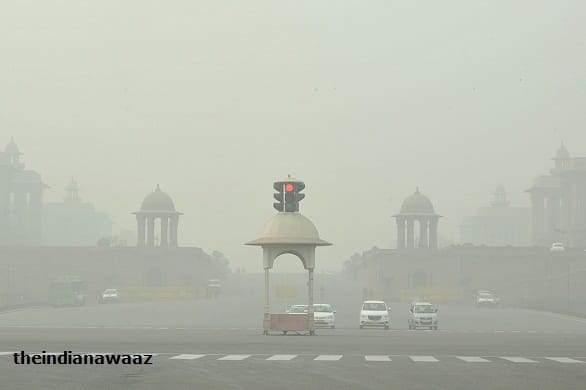
AMN / NEW DELHI
The Supreme Court of India today took a serious note of the severe pollution engulfing Delhi-NCR and asked the Government to consider imposing two-day lockdown to curb the pollution.
Hearing a plea to check air pollution in the National Capital Region, Chief Justice of India N V Ramana-led Supreme Court Bench asked if emergency measures like lockdown for a few days can be imposed to tackle the AQI levels.
The top court also observed that Air Pollution is a serious situation and the deteriorating air quality has compelled people to wear masks even at home.
The bench also asked the Delhi Govt about what happened to its decision to install smog towers and emission control projects. The court also questioned about the ban on the firecrackers, and its implications.
The Supreme Court also said that farmers alone can’t be blamed for the rising pollution levels over stubble burning and that the authorities must deal with other causes too, including vehicular pollution, dust and industrial pollution. It asked the government to take emergency decision.
Meanwhile the pollution controlling authorities have asked people in the national capital to limit outdoor activities and told government and private offices to cut vehicle use by at least 30 per cent. The air quality index (AQI) in Delhi was 471, according to the Central Pollution Control Board’s (CPCB) 4pm bulletin on Friday, the worst this season so far. It was 411 on Thursday.
A record number of farm fires are among the major reasons for pushing up Delhi’s pollution on Friday.
A sub-committee on Graded Response Action Plan (Grap) said meteorological conditions will be highly unfavourable for dispersion of pollutants till November 18 and agencies concerned must be fully ready to implement measures under “emergency” category.
“This spike in pollution is an amalgamation of many things. Delhi already saw peak pollution levels after Diwali and the high stubble count in Punjab and Haryana. Because of slow winds, the pollution load is not being eased, and more pollution is being added. All this is being recirculated in the air,” said VK Soni, head of IMD’s environment and research department.
